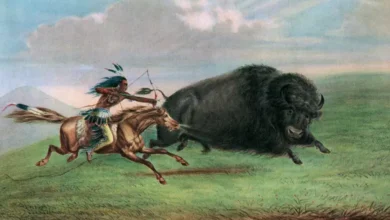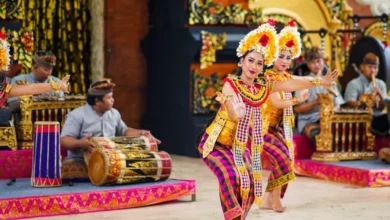Have you ever heard of the Quechua people? They are a vibrant and resilient group, deeply rooted in the history of the Andes. As descendants of the Inca, they carry a rich cultural heritage and a language that echoes through the mountains. Let’s embark on a journey to understand who the Quechua indigenous Andean people are, exploring their history, culture, language, and their lives today.
Who are the Quechua People? An Introduction
The Quechua people are an indigenous population of South America, primarily inhabiting the Andean regions of Peru, Bolivia, Ecuador, and parts of Argentina, Colombia, and Chile.
They are united by their common language, Quechua, and their shared ancestry, particularly their connection to the mighty Inca Empire. They are not a homogenous group; rather, they comprise numerous distinct communities, each with its unique traditions and customs, while sharing fundamental cultural threads.
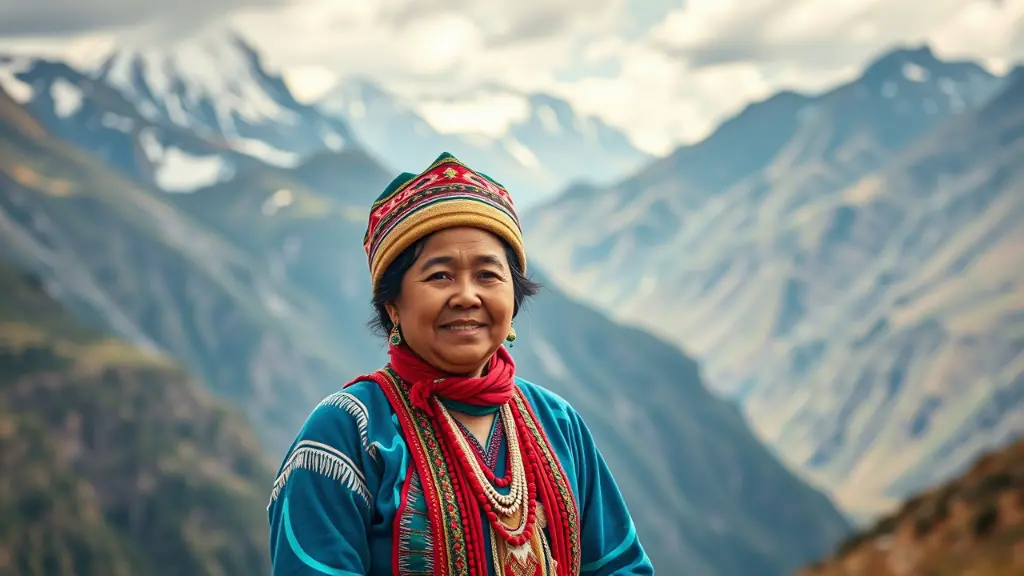
A Legacy of Resilience and Cultural Richness
Despite centuries of colonization and societal changes, the Quechua people have maintained their cultural identity. Their traditions, agricultural practices, social structures, and artistic expressions reflect a deep connection to the land and a strong sense of community. Their resilience in the face of adversity is a testament to their enduring spirit.
See also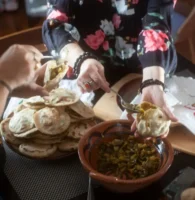 Food as Memory: How Traditional Recipes Preserve Cultural Identity
Food as Memory: How Traditional Recipes Preserve Cultural Identity
Tracing the Roots: History of the Quechua People
The story of the Quechua people is interwoven with the rise and fall of the Inca Empire and the subsequent impact of Spanish colonization. To understand their present, we must delve into their past.
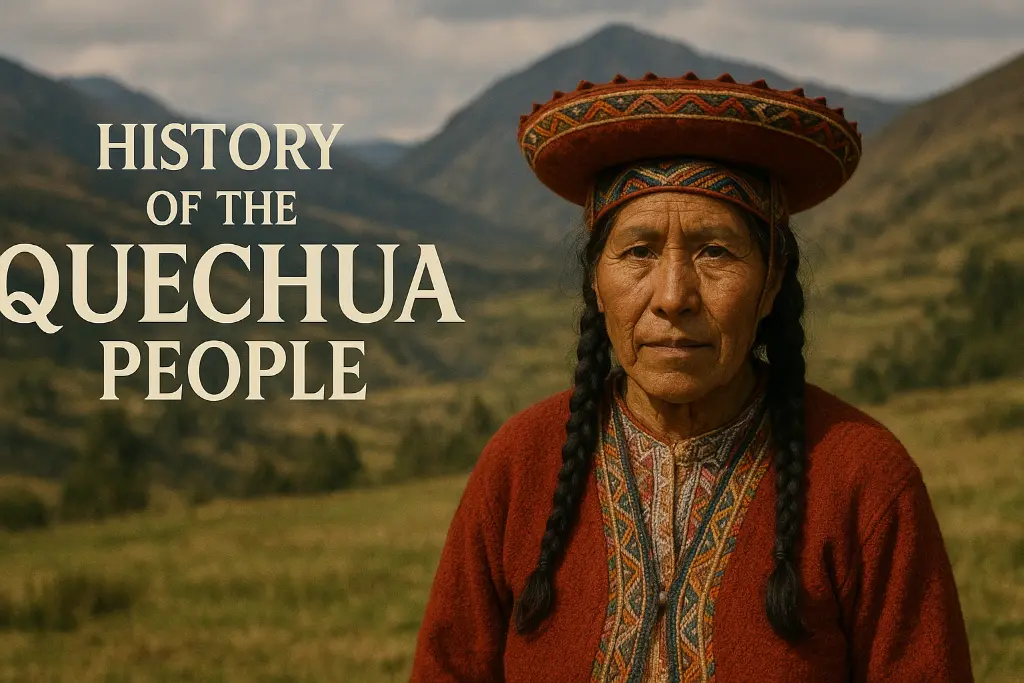
The Rise of the Inca Empire and the Spread of Quechua
Before the Inca, various cultures flourished in the Andes, each contributing to the region’s rich tapestry. However, it was the Inca who unified much of the region under a single empire, known as Tawantinsuyu (The Four Regions).
The Inca originated in the Cusco region of modern-day Peru in the 12th century. Over the next centuries, through a combination of military conquest and strategic alliances, they expanded their territory, incorporating diverse ethnic groups and cultures.
Quechua played a vital role in the empire’s success. Originally spoken by a small group in the Cusco region, it was promoted by the Inca as the lingua franca of the empire. This facilitated communication, administration, and the dissemination of Inca ideology across the vast territory.
See also The Role of Sweets and Desserts in Cultural Celebrations Worldwide
The Role of Sweets and Desserts in Cultural Celebrations Worldwide
Spanish Colonization and its Impact
The arrival of the Spanish in the 16th century marked a turning point in the history of the Quechua people. The Inca Empire was overthrown, and the Andean region came under Spanish rule. This resulted in profound social, economic, and cultural changes.
The Spanish imposed their language, religion, and social structures, leading to the suppression of indigenous cultures. Quechua was initially used by missionaries for evangelization, but its official status diminished over time. Indigenous communities were subjected to forced labor, exploitation, and land confiscation. Despite these challenges, the Quechua people managed to preserve their language and many of their traditions, adapting to the new circumstances while resisting complete assimilation.
The Struggle for Recognition and Rights
Throughout the colonial period and into the modern era, the Quechua people have faced discrimination and marginalization. However, they have also actively fought for their rights, seeking recognition of their cultural identity, land rights, and political representation. Indigenous movements have played a crucial role in raising awareness about the challenges faced by the Quechua people and advocating for their empowerment. Today, these movements continue to strive for greater autonomy and self-determination.
The Quechua Language: A Bridge to the Past
The Quechua language is more than just a means of communication; it is a repository of cultural knowledge, history, and worldview. It connects the Quechua people to their ancestors and provides a framework for understanding their relationship with the world around them.
Varieties and Distribution
Quechua is not a single, monolithic language. Instead, it comprises a family of related languages and dialects, each with its own unique characteristics. These variations can be grouped into different branches, such as Quechua I (Central Quechua) and Quechua II (Peripheral Quechua). The specific varieties spoken depend on the geographic region.
The distribution of Quechua speakers reflects the historical reach of the Inca Empire. While Peru has the largest number of speakers, significant populations also reside in Bolivia, Ecuador, and parts of Argentina, Colombia, and Chile. Within these countries, Quechua is often spoken in rural, mountainous regions.
Structure and Characteristics
Quechua is an agglutinative language, meaning that words are formed by adding suffixes to a root. These suffixes can indicate grammatical relationships, tense, mood, and other aspects of meaning. The language has a relatively simple phonological system, with five vowels and a limited number of consonants.
One notable feature of Quechua is its evidential system. Speakers are required to indicate the source of their information – whether they witnessed something firsthand, heard it from someone else, or inferred it based on evidence. This highlights the importance of accuracy and accountability in communication.
The Revival and Preservation of Quechua
Like many indigenous languages, Quechua has faced challenges in the modern era, including the dominance of Spanish and the pressure to assimilate into mainstream culture. However, there has been a growing movement to revitalize and preserve the language. Efforts include promoting bilingual education, developing Quechua-language media, and documenting and studying the language.
In recent years, some countries have granted Quechua official status alongside Spanish, recognizing its importance as a national language. This has helped to promote its use in government, education, and other public spheres.
Culture and Traditions: A Tapestry of Andean Life
The Quechua culture is a vibrant and diverse tapestry, woven from centuries of tradition, adaptation, and innovation. It reflects a deep connection to the land, a strong sense of community, and a profound spiritual worldview.
Agriculture and the Rhythms of Nature
Agriculture is central to the Quechua way of life. For centuries, the Quechua people have cultivated the land, adapting to the challenges of the Andean environment. They have developed sophisticated techniques for terracing, irrigation, and crop rotation, allowing them to grow crops such as potatoes, maize, quinoa, and beans.
The agricultural cycle is closely tied to the rhythms of nature, with ceremonies and festivals marking important stages in the growing season. The Quechua people believe in the interconnectedness of all living things and express gratitude to Pachamama (Mother Earth) for her bounty.
Social Organization and Community Life
Community is highly valued in Quechua society. Traditional social structures are based on reciprocity and mutual support. Ayni is a principle of reciprocal labor, where community members help each other with tasks such as harvesting, building houses, or organizing festivals. This fosters a sense of solidarity and strengthens social bonds.
Many Quechua communities maintain traditional forms of governance, with elected leaders and councils responsible for making decisions that affect the community. These systems often blend indigenous customs with modern legal frameworks.
Textiles and Artistic Expressions
Textiles are an integral part of Quechua culture, serving both practical and symbolic purposes. Quechua weavers are renowned for their skill and artistry, creating intricate patterns and designs using natural fibers such as wool and alpaca.
The designs often depict elements of nature, ancestral symbols, and stories from Quechua mythology. The colors used in the textiles are often derived from natural dyes, reflecting the close relationship between the Quechua people and their environment.
Music and dance are also important forms of artistic expression. Traditional Quechua music often features instruments such as the quena (flute), siku (panpipe), and charango (small lute). Dances are performed during festivals and ceremonies, expressing joy, gratitude, and spiritual devotion.
Spirituality and Beliefs
The Quechua worldview is deeply spiritual, emphasizing the interconnectedness of humans, nature, and the spirit world. The Quechua people believe in a pantheon of deities, including Pachamama (Mother Earth), Inti (the Sun God), and Illapa (the God of Thunder). They also venerate sacred places, such as mountains, springs, and caves, which are believed to be inhabited by spirits.
While many Quechua people have adopted Catholicism, they often blend Christian beliefs with indigenous traditions. This syncretism results in unique forms of religious expression, where traditional rituals and ceremonies are incorporated into Christian celebrations.
Challenges and Opportunities in the Modern World
The Quechua people face a range of challenges in the modern world, including poverty, discrimination, lack of access to education and healthcare, and the loss of cultural identity. However, they also have opportunities to build a more just and sustainable future.
Socioeconomic Issues
Many Quechua communities are located in remote, rural areas with limited access to basic services. Poverty rates are often high, and unemployment and underemployment are common. Lack of access to education and healthcare further exacerbates these challenges.
Discrimination and marginalization continue to be significant issues. Quechua people often face prejudice and stereotypes, which can limit their opportunities and affect their self-esteem.
Cultural Preservation and Language Revitalization
The loss of cultural identity is a major concern for many Quechua communities. As younger generations are exposed to mainstream culture, they may become less interested in learning the Quechua language and practicing traditional customs. This can lead to the erosion of cultural knowledge and the weakening of social bonds.
However, there are also ongoing efforts to revitalize the Quechua language and promote cultural preservation. Bilingual education programs, cultural centers, and indigenous media outlets play a vital role in these efforts.
Political Participation and Advocacy
Political participation is essential for addressing the challenges faced by the Quechua people. Indigenous movements and organizations advocate for their rights, seeking greater autonomy, land rights, and political representation.
In recent years, some countries have made progress in recognizing the rights of indigenous peoples, including the right to self-determination and the right to participate in decision-making processes that affect their lives. However, there is still much work to be done to ensure that these rights are fully respected and implemented.
Sustainable Development and Ecotourism
Sustainable development and ecotourism offer opportunities for economic growth while preserving the environment and cultural heritage of the Quechua people. By promoting responsible tourism practices, communities can generate income, create jobs, and protect their natural resources.
Sustainable agriculture, such as organic farming and agroforestry, can also contribute to economic development while promoting environmental conservation. By adopting sustainable practices, Quechua communities can ensure the long-term well-being of their people and their land.
The Future of the Quechua People: A Call for Respect and Recognition
The future of the Quechua people depends on their ability to maintain their cultural identity, assert their rights, and participate fully in society. This requires a commitment to respect, recognition, and inclusion on the part of governments, international organizations, and individuals.
By supporting language revitalization efforts, promoting cultural preservation, advocating for land rights, and fostering sustainable development, we can help to create a more just and equitable future for the Quechua people. Their rich cultural heritage and their resilience in the face of adversity are an inspiration to us all.
Let’s embrace the wisdom and knowledge of the Quechua indigenous Andean people and work together to build a world where their voices are heard, their rights are respected, and their culture thrives for generations to come.
